Title
Let your curiosity evolve in EEB.
Are you looking to contribute to research in evolutionary biology, ecology, and behavior? Join an EEB lab and explore biodiversity, organismal interactions, and adaptive strategies across diverse ecosystems while working in an interdisciplinary environment that fosters discovery and innovation.
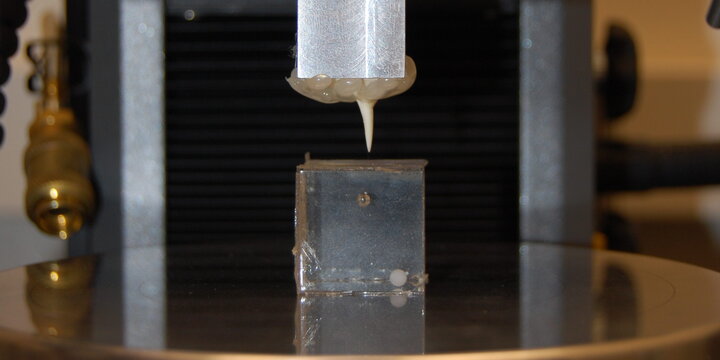
Anderson Evolutionary Biomechanics Lab
The Anderson Evolutionary Biomechanics Lab is a team of evolutionary biomechanists and paleontologists investigating the evolution of functional systems through interdisciplinary methods, focusing on the influence of physics on biology over the past billion years.
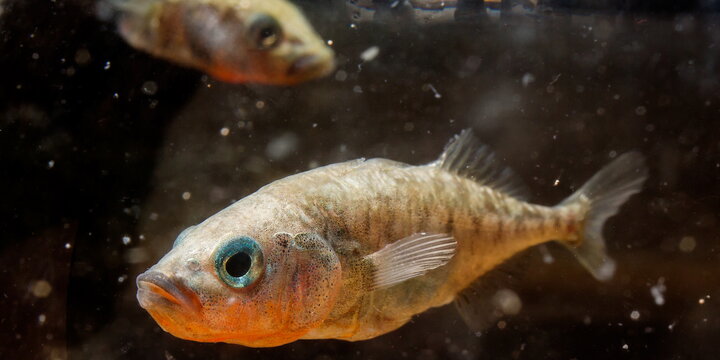
Bell Lab
The Bell lab strives to understand why individual animals behave differently from one another. For example, why do individual threespine stickleback fish have different personalities? We study many types of behavior ranging from parental care to aggression to cognition and learning in both the field and the lab to understand both the proximate mechanisms of behavior and its adaptive significance.

Cáceres Lab
The Cáceres Lab explores how ecological and evolutionary processes shape biodiversity, life-history variation, metacommunity dynamics, and the distribution and abundance of disease across scales from traits to ecosystems.
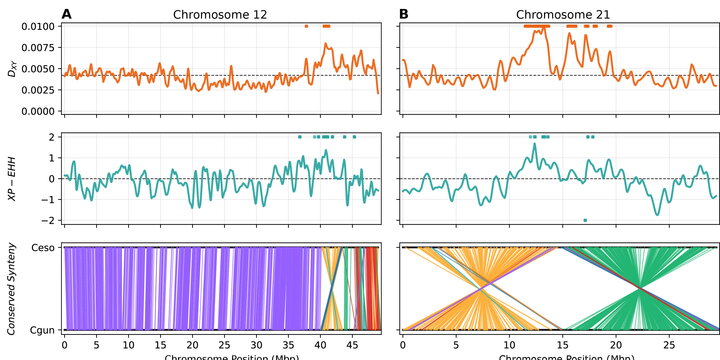
Catchen Lab
The Catchen Lab investigates how genomes evolve over time, exploring questions about the accumulation of small vs. large genetic changes, the acquisition of functional genes, and the dynamics of non-coding DNA, primarily focusing on teleost fish using novel algorithmic methods.
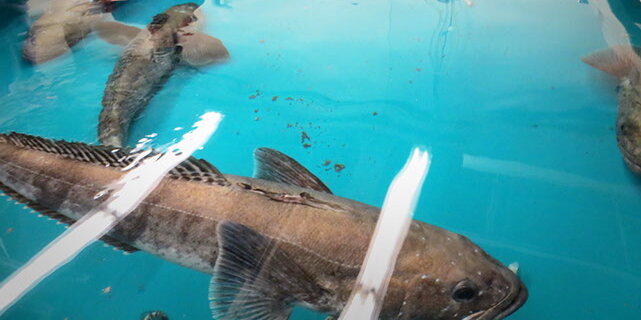
Chris Cheng Lab
The Cheng lab explores how polar bony fishes adapt to freezing environments, focusing on the evolution of antifreeze proteins, their genetic mechanisms, and other cold-adaptive traits like retinal and lens proteins, using genomic and molecular analyses.
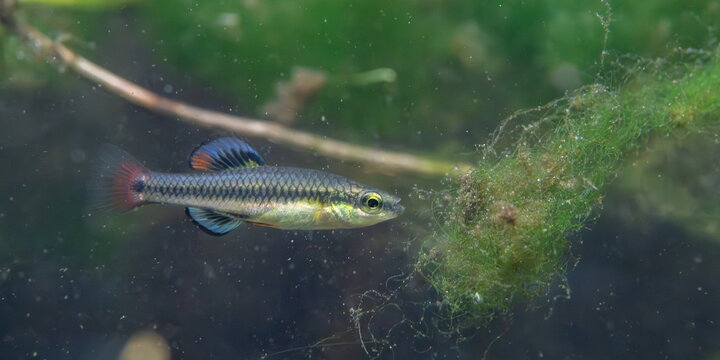
Fuller Lab
The Fuller Lab studies fish ecology and evolution, focusing on how selection, genetic variation, phenotypic plasticity, and visual systems influence traits like coloration and speciation, using genomic approaches.

Miller Lab
The Miller Lab uses advanced technology to study the brain's structure and function, aiming to understand its evolution and identify healthy versus damaged tissue.
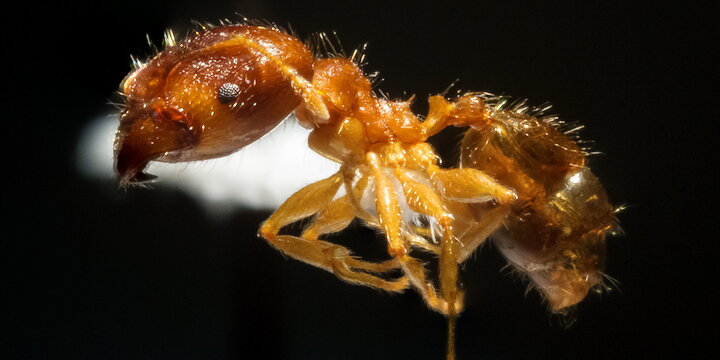
Suarez Lab
The Suarez Lab studies ant social organization and developmental plasticity to explore how morphological variation in worker ants, driven by caste division, affects their ecology and performance.